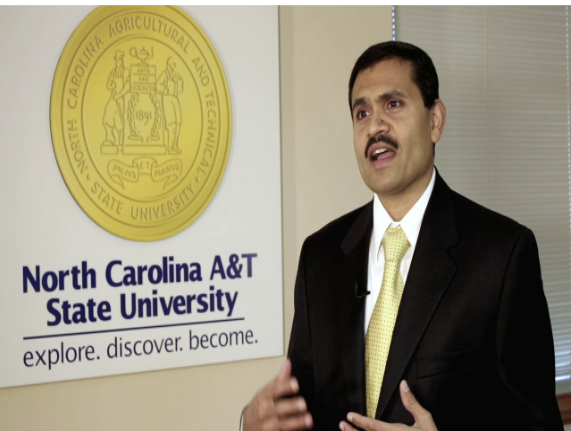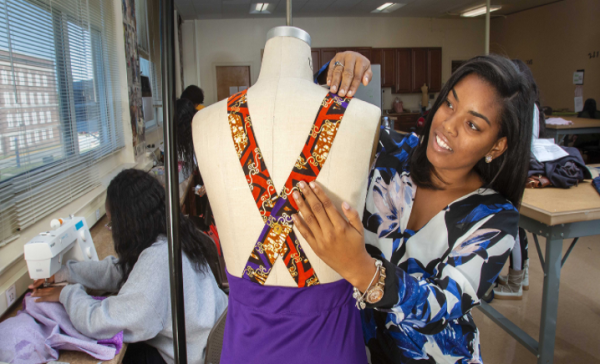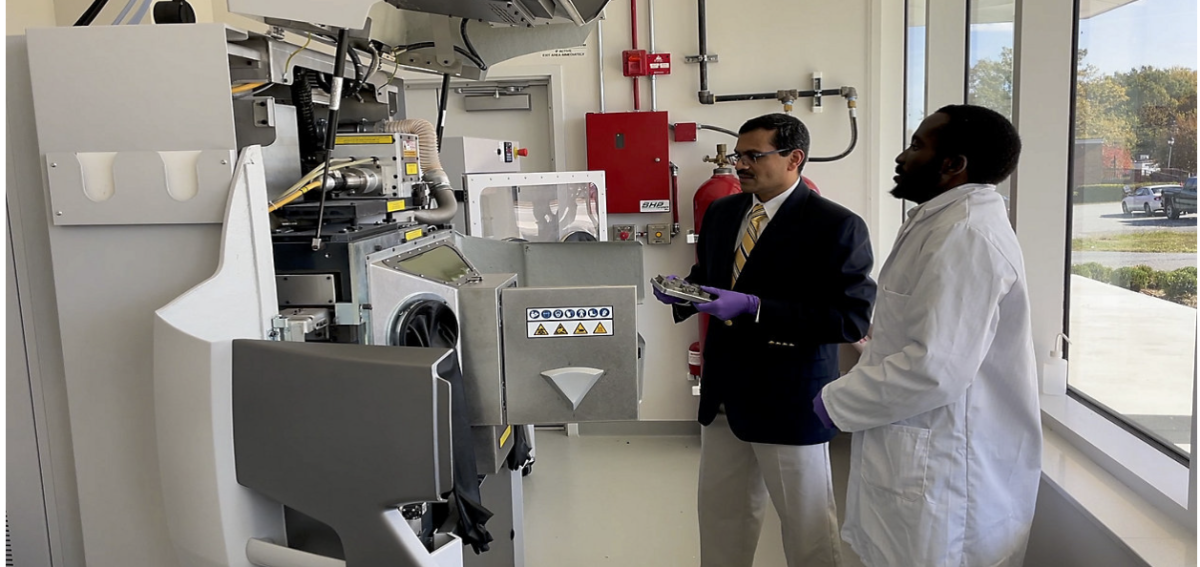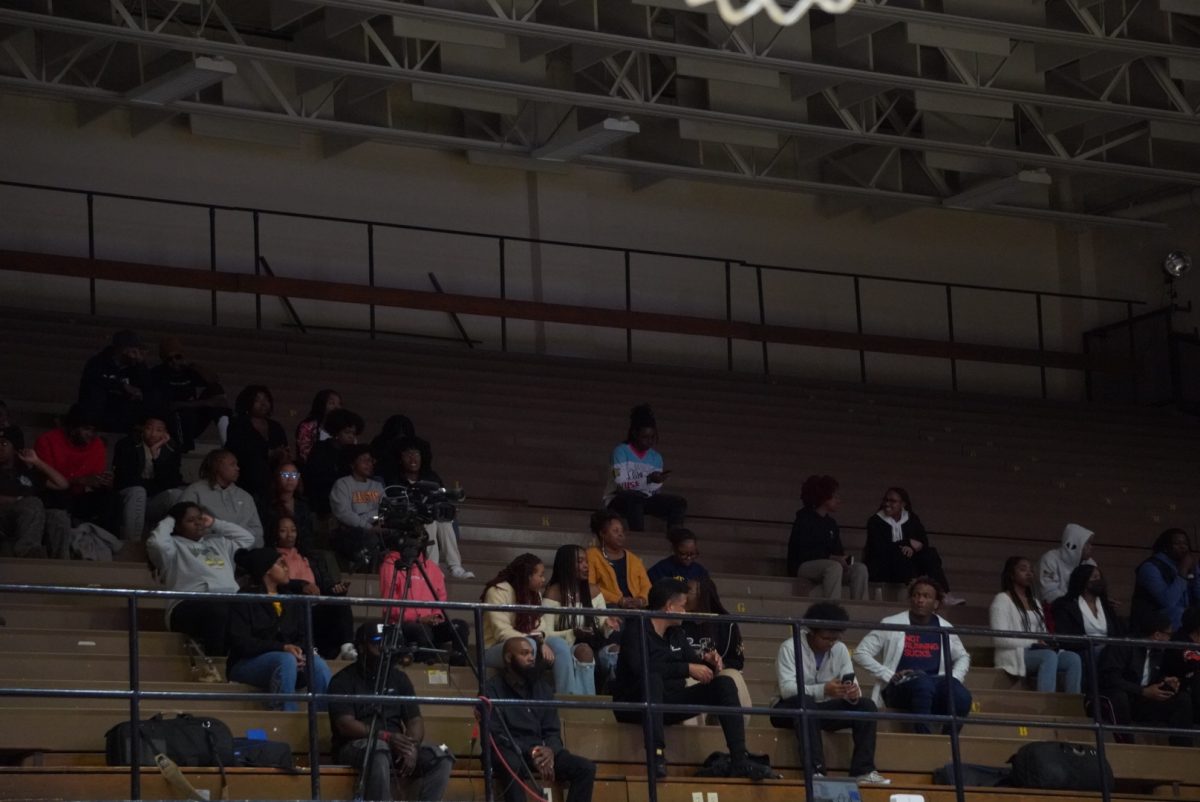N.C. A&T formally reviewed the university’s Carnegie Classification of Institutions of Higher Education in 2021.
The goal is to comprehend the university’s existing rank of “Doctoral University: High Research Activity,” or R2, and to investigate if reclassification as “Doctoral Research University: Very High Research Activity,” or R1, is possible.
The question does stand: Do these enhancements leave creative majors out to dry?
Overview and Vision

The growth of A&T as a doctoral research university in recent years made this initiative almost unavoidable. A&T’s fiscal year ended in July 2021, with professors earning $97.3 million in research contracts and grants. That total has increased by 62% in the last two years.
The number of Ph.D. graduates from A&T has more than doubled in the last decade. Among many, R&D spending and research employment are two of the most visible growth markers of A&T’s expansion as a research-intensive school.
Impact on STEM Programs
Salil Desai, Ph.D., The director of the Center of Excellence in Product Design and Advanced Manufacturing (CEPDAM) says that the vision for this transition will exceed the five goals of the university.
“The five goals we hope to achieve are engagement, leadership, innovation, performance, and scholarship. We will also use these goals as metrics to measure our success,” Desai said. 
“STEM is just a small part of the development. We work with Fashion Merchandising and Design students who focus on apparel product development, retailing, visual merchandising, or fashion marketing,” Desai continued.
Student researchers like Evan Burton, a senior computer engineer major, are excited to see the development and will benefit greatly.
“I’m currently researching machine learning, and I believe that achieving R1 status will give me confidence in the program that we are meeting industry standards,” Burton said.
“The research I am conducting feels like important work, knowing I am following guidelines.”
Does This Affect Creative Majors?
Many creative students have expressed that their departments weren’t aware of the potential to transfer from R2 to R1 status.
However, Ja’nirah Polk, a senior creative writing major– and Vice President of Sigma Tau Delta, says that there has been “some talk” on getting STEM majors and creative writing majors to collaborate at the previous Department of English panel discussion during the National Arts and Humanities majors month (NASSA).
“Now that I am aware of this transition, I hope to be included in further discussions and hope that R1 transition will have a plan for humanities and art-based majors,” Polk said.
“This news is not surprising to me as N.C. A&T is an agricultural and technical institution; I am afraid that non-stem majors will get pushed to the side, which happens too often in the collegiate education system,” Polk continued.
Liberal arts students are concerned about the change; while beneficial to students on campus, they are worried that it will create a feeling of isolation and separation they already have from the university.
Lamar Prioleau, a senior creative writing major, raises important questions about the state of the transition and believes that the growth and development of black individuals at an HBCU can be best “found within the literature,” not STEM.
“Writing and literature have been aspects the black community has had to fight to gain respect in academic circles,” Prioleau said.
“The potential exclusion of the liberal arts due to the pursuit of R1 status may cause us to lose this connection. I mean, ask around– are the HBCU experiences of our generation the same as our parents? Has A&T changed?”
Career Fair Concerns
While A&T is a melting pot overflowing with opportunity, students pursuing creative majors attending the annual fall career fair are left to find outside resources.
Many Fortune 500 companies offer employment opportunities for students pursuing STEM and business-related careers.
Mass media production student Tyler Walden, a freshman, is seeking a career in digital media. Unfortunately, he says that he hasn’t been able to find many opportunities suited to his interest at the annual career fair.
“I came to A&T because I want to be a social media editor, and I have so much experience already I just need a push,” Walden said. “Unfortunately, I’m learning I will not be able to find a company looking to hire people in my major.”
Collaboration Opportunities
While the transition is inevitable, there is still room for expansion and collaboration opportunities. Students like Cam Davis, a senior secondary education major, believe creativity is necessary to obtain success as students.
“There could be workshops for essay writing, resume building, the writing process, and the creative process,” Davis said. “There can even be sessions about advocating for yourself in your life or career because that takes creativity and a higher understanding of the English language.”
Overall, the pursuit to achieve R1 status depends on the number of grants, the types of grants, scholarships, and publications.
Achieving R1 status will be the highest degree of achievement the institution can hold, so it will impact the community, support the triad region, bring in new budding small businesses, and create opportunities to collaborate with nonprofit organizations.
The growth in STEM and research at A&T is undeniable, promising immense opportunities for innovation and progress. Yet, the concern resonates deeply among creative majors, highlighting the need for deliberate inclusion and collaboration strategies.
However, amid these concerns lies a realm of opportunity. Collaboration between STEM and creative disciplines can foster groundbreaking innovations. Initiatives for interdisciplinary workshops, career fairs embracing diverse majors, and advocating for the value of liberal arts within an evolving academic landscape can bridge this divide.
The transition to R1 status presents an opening for comprehensive growth. It’s not just about accolades or funding; it’s about elevating every facet of the university. This evolution can pioneer new partnerships, deepen community engagement, and create a more holistic educational experience.
“Many creative individuals will benefit from this transition. They will be a part of the expansion of the footprint of A&T,” Desai concluded.







